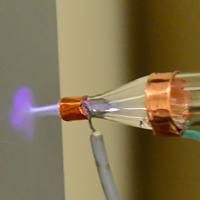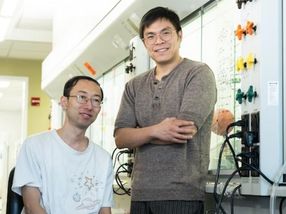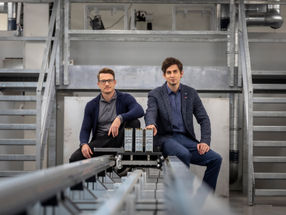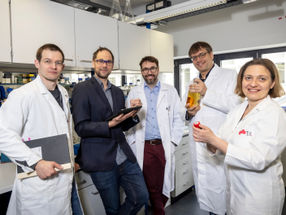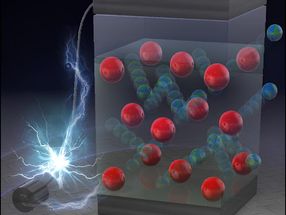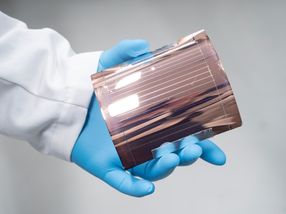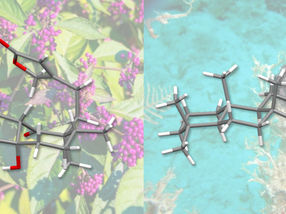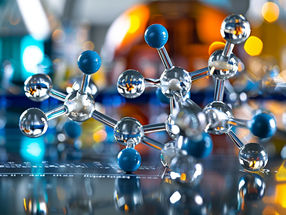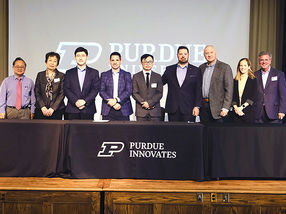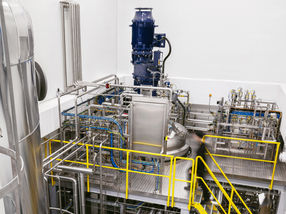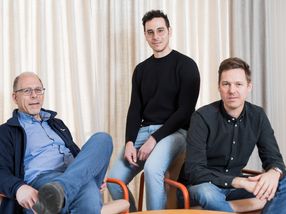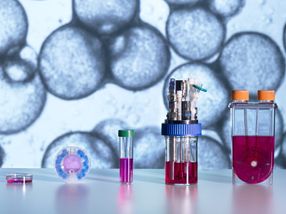Brookhaven Physics Leaders Satoshi Ozaki and Michael Harrison Receive IEEE's Particle Accelerator Science & Technology Award
Satoshi Ozaki and Michael Harrison, physicist-administrators at the U.S. Department of Energy's (DOE) Brookhaven National Laboratory who led the decade-long development and construction of the Laboratory's world-class particle accelerator, the Relativistic Heavy Ion Collider (RHIC), were awarded the 2007 Particle Accelerator Science & Technology Award. Sponsored by the Nuclear & plasma Sciences Society of the Institute of Electrical & Electronics Engineers (IEEE), the award consists of $2,000, shared equally between the two recipients and a plaque for each recipient with the inscription: "For leadership in the successful design and construction of the Relativistic Heavy Ion Collider."
About 500 people were involved in the design and construction of RHIC, commissioned in 1999. About 1,000 physicists from around the world run experiments at RHIC, colliding very high energy subatomic particles known as heavy ions head-on to study the type of matter that existed a millionth of a second after the Big Bang. In 2005, physicists at RHIC discovered a "perfect liquid," a type of matter that has not existed since the beginning of the universe. This is a feat that crossed into a new frontier of scientific exploration.
Last year, RHIC collided high-energy beams of polarized protons - protons that spin in the same direction - the world's first and only accelerator to do so. Protons spin in a way that is similar to the Earth spinning on its axis. Scientists at RHIC hope to solve the mystery of what causes proton spin.
Satoshi Ozaki earned his Ph.D. in physics from the Massachusetts Institute of Technology in 1959 and immediately joined Brookhaven Lab in that same year as a research associate. He rose through the ranks to become a tenured senior physicist in 1972. In 1981, he joined KEK, a research institute in Japan, to direct the construction of TRISTAN, the first major high energy physics research collider in the country. After completing TRISTAN on schedule and within budget, Ozaki returned to Brookhaven in 1989 as head of the RHIC construction project. Besides successfully bringing the $660-million collider to fruition, Ozaki was instrumental in bringing polarized proton capability to RHIC with funding support from the RIKEN Institute of Japan.
Currently, Ozaki directs the Accelerator Systems Division for Brookhaven's NSLS-II Project, involved in planning for a synchrotron light source that will provide extremely bright x-rays for basic and applied research in many areas of science. Ozaki serves on various advisory and review committees for U.S. and international institutions, laboratories and government agencies. He is a Fellow of the American Physics Society (APS) and the Chair Elect of the APS Forum for International Physics.
After Michael Harrison earned his Ph.D. in physics from Liverpool University, England, in 1973, he worked for Computing Devices Company in Ottawa, Canada, before joining DOE's Fermi National Accelerator Laboratory in Batavia, Illinois, in 1975, as a research associate, where he was eventually promoted to deputy head of the Accelerator Division. He joined Brookhaven in 1991 as associate project director of the RHIC project. In 2000, he became head of the Laboratory's Superconducting Magnet Division, and, in 2005, he was appointed as project director for Brookhaven's Center for Functional Nanomaterials, a new facility at the Laboratory that is used by scientists to explore and develop nanomaterials - materials on a scale of a billionth of a meter - aimed at helping the U.S. to achieve energy independence.
Harrison is an APS Fellow and a former member of the High Energy Physics Advisory Panel. He has served on national and international committees and participated in numerous DOE project and laboratory program reviews.
Most read news
Topics
Organizations
Other news from the department science

Get the chemical industry in your inbox
From now on, don't miss a thing: Our newsletter for the chemical industry, analytics, lab technology and process engineering brings you up to date every Tuesday and Thursday. The latest industry news, product highlights and innovations - compact and easy to understand in your inbox. Researched by us so you don't have to.
